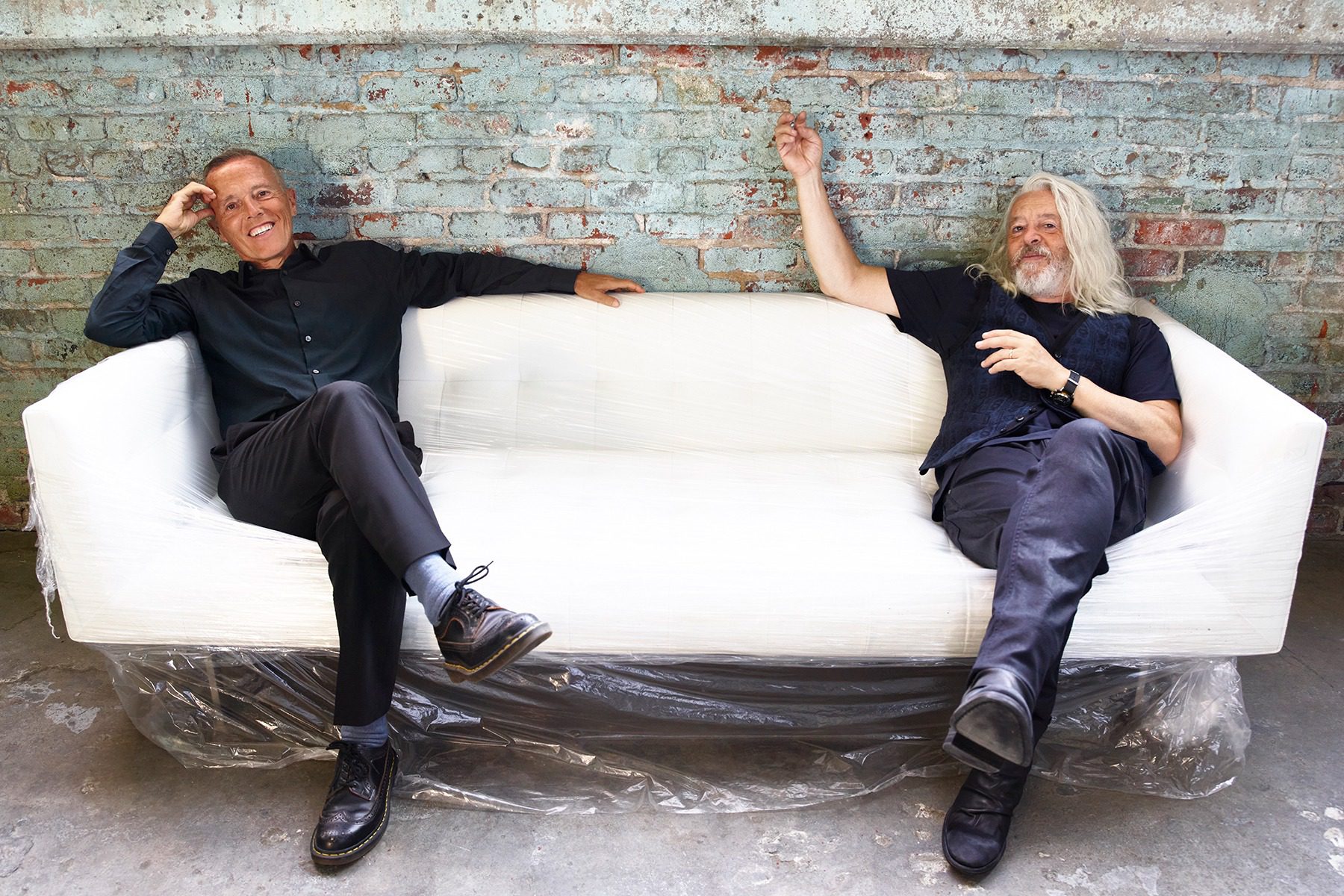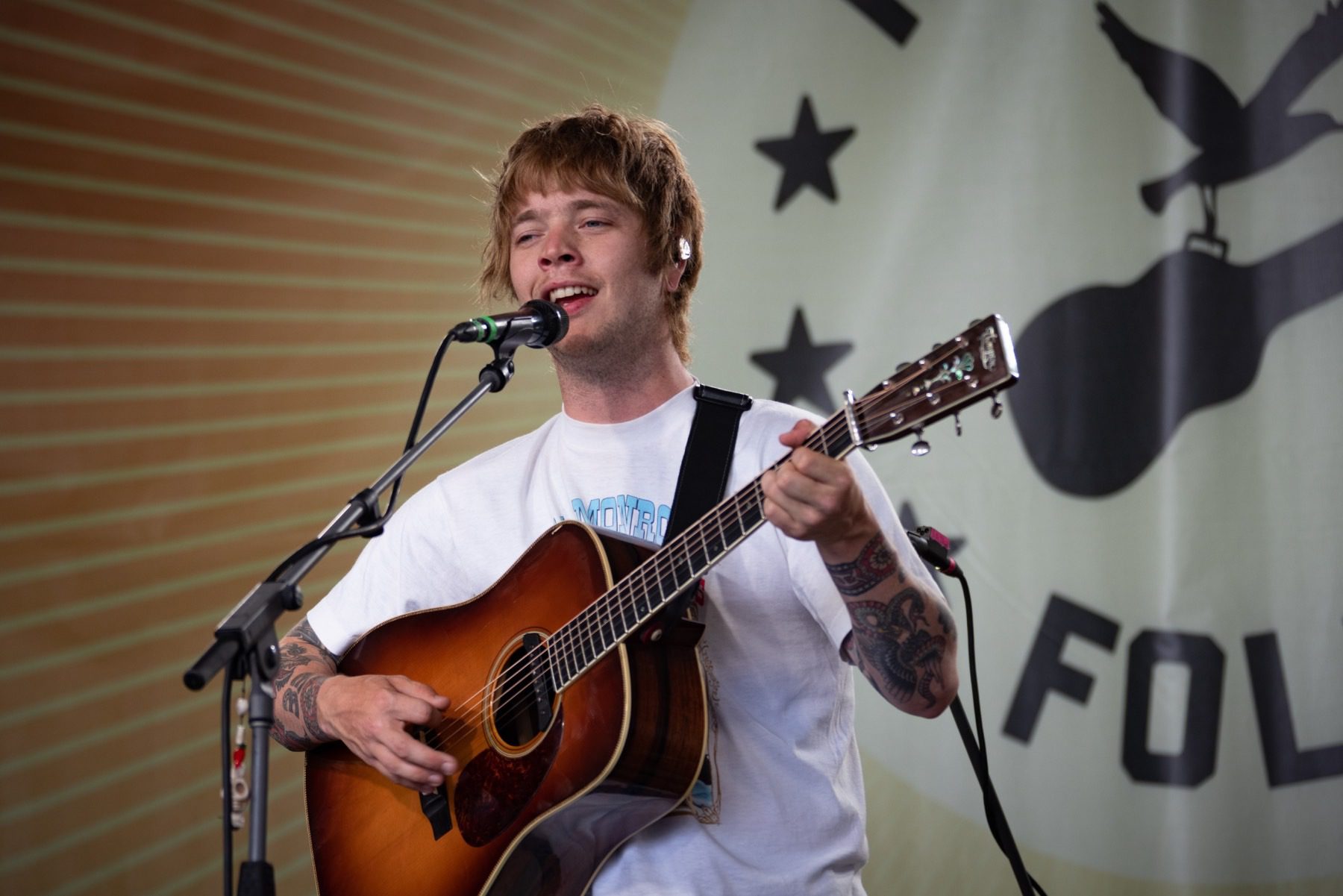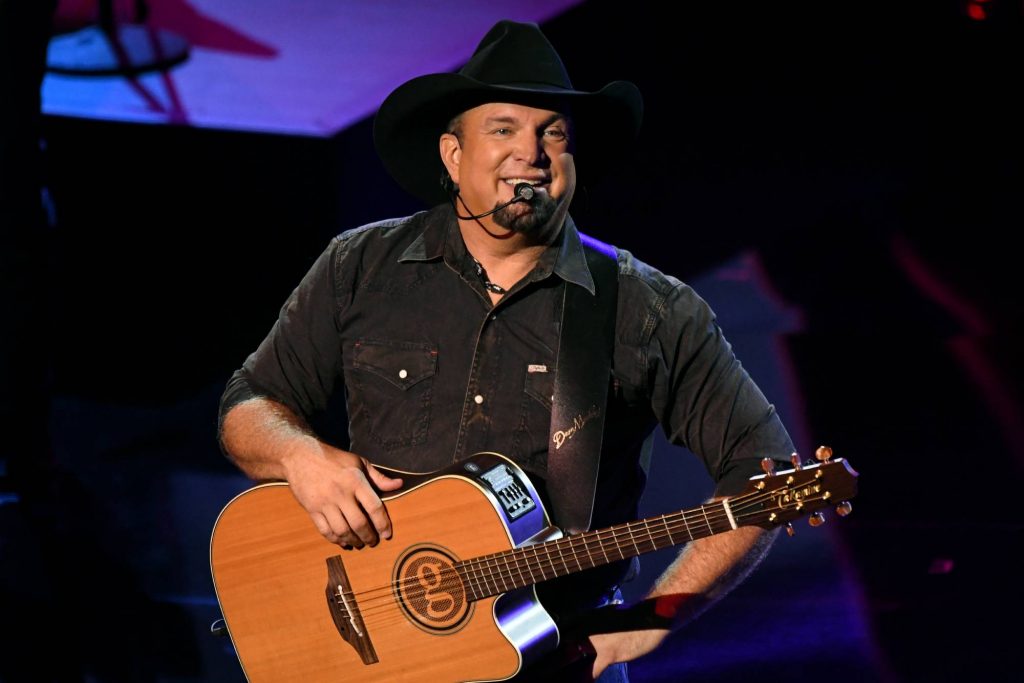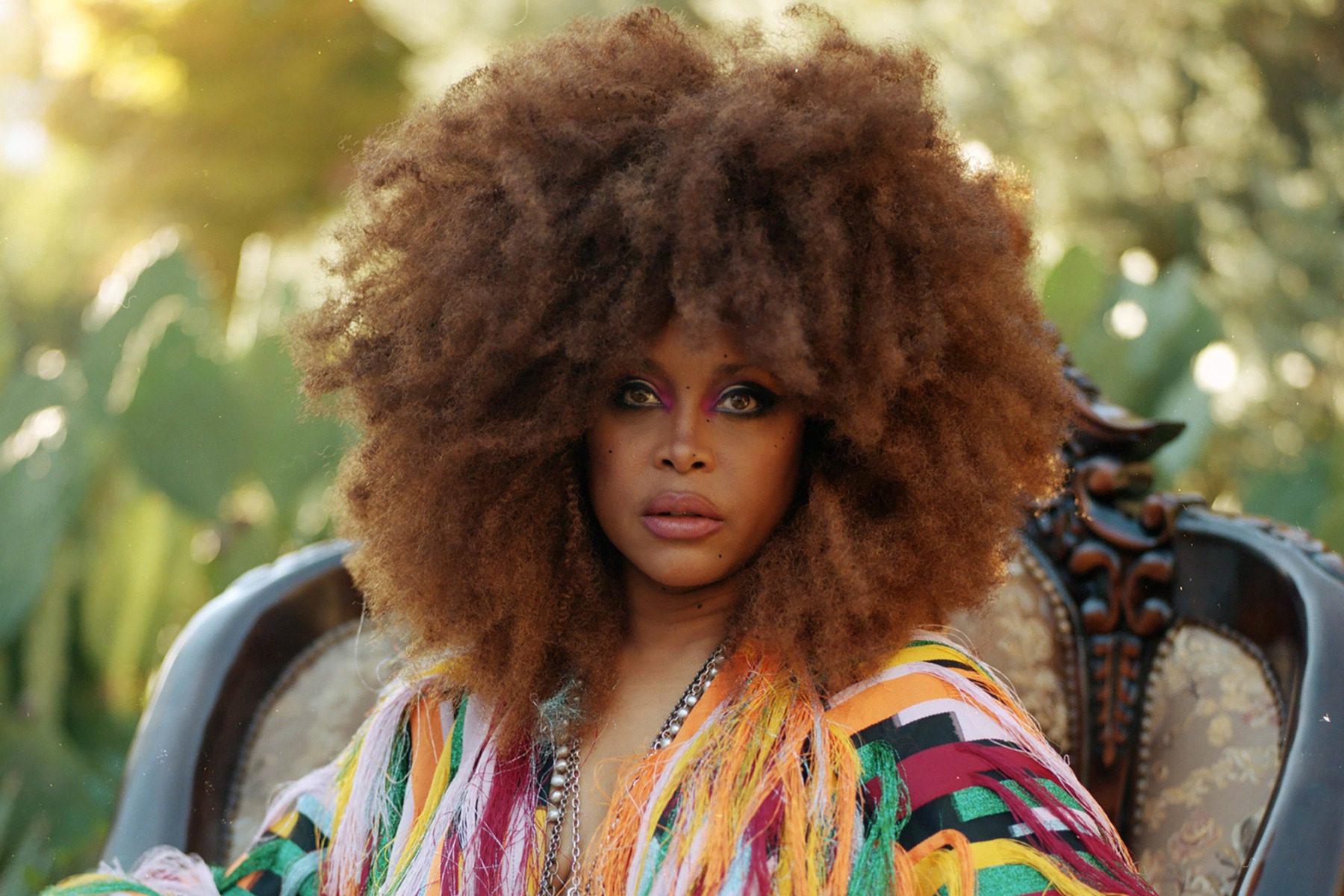
‘Vilification Is Easy’: Spotify Isn’t the Culprit, Says Head of Indie Label Thirty Tigers
In the two weeks since Neil Young first announced he’d be leaving Spotify over concerns about Joe Rogan’s Covid misinformation, conversations about the corporate streaming behemoth have erupted across the music industry. While many, like India Arie and Joni Mitchell, have kept the pressure focused on Rogan, who has a $100 million deal with the company, others, from Rosanne Cash to Sadie Dupuis, have taken the opportunity to open up larger conversations about Spotify’s payout structures, artist rights, and the streaming economy at large.
In the midst of these conversations, David Macias, the owner and co-founder of the Nashville-based label-services company Thirty Tigers, has been frustrated by what he sees as a lopsided conversation scapegoating Spotify as the lone nefarious corporate giant in the music industry. From Macias’ vantage point — as the head of an independent music company that has succeeded during the streaming era — the conversation around royalty payments and streaming is much more nuanced. He spoke with IndieLand about the payout structures at his company and how Spotify has benefitted his roster of artists over the years.
blogherads.adq.push(function () {
blogherads
.defineSlot( ‘medrec’, ‘gpt-dsk-tab-article-inbody1-uid0’ )
.setTargeting( ‘pos’, [“mid-article”,”mid”,”in-article1″,”mid-article1″] )
.setSubAdUnitPath(“music//article//inbody1”)
.addSize([[300,250],[620,350],[2,2],[3,3],[2,4],[4,2],[640,250]])
;
});
On the whole, at Thirty Tigers the general rule of thumb is that our artists earn 75 percent of the gross. We split the remaining 25 percent with the Orchard, who is our distributor. Last year, year we did $36 million in sales, and the 10 to 12 percent of that that we keep is how we pay our staff of 27 people. We go out there and act as a label would on behalf of an artist, but we allow the artists to keep ownership of their work. The artists are their own labels. We are their loving back-end staff.
Any expense or advance comes out of the 75 percent that the artist earns, but because they are their own label, there are lots of ancillary revenues that can flow to artists — merch on the road, film or TV placement — that goes directly to them.
It’s become more difficult to earn a living as an artist. Anyone trying has my deep respect. If an artist streams a million times, they should get about $4,000. And even though it seems like a million streams is a ton, last month, 45 of our roughly 100 artists streamed a million times on all streaming platforms, some considerably more than that.
So, it pains me when I see artists and those who love them misdiagnose the source of their difficulty. Spotify is the current scapegoat for the ills of the working-class artist, despite them paying 63 percent of gross revenues back out to rights holders.
Democratization has been a huge boon to independent artists in that it has given more artists a chance, but it has not been enough to earn them a living wage. The pie is being sliced so thin that most artists are left hungry. In 2021, 60,000 songs were being uploaded to Spotify every day.”
So how then can artists make enough money to survive? There are options for a patronage model like Patreon that can operate outside the revenue models of pre-recorded music. But what I do not want to see happen is that artists misattribute the source of their problem and undermine the DSPs that have played a huge role in the democratization of independent music.
Is Spotify perfect? Far from it. I won’t touch the Joe Rogan issue. That’s a matter of conscience for artists and their advocates. Do I wish that Spotify were not joining other DSPs in appealing the Copyright Royalty Board’s ruling that pays the publishers and songwriters 15 percent of revenues? Absolutely. When artists I work with have walked into their NYC offices, as often as not, I hear about the opulence of their offices and the perks that are made available to their employees on full display.
blogherads.adq.push(function () {
blogherads
.defineSlot( ‘medrec’, ‘gpt-dsk-tab-article-inbody2-uid1’ )
.setTargeting( ‘pos’, [“mid-article2″,”mid”,”in-article2″,”mid-article”] )
.setSubAdUnitPath(“music//article//inbody2”)
.addSize([[300,250],[300,251],[620,350],[2,4],[4,2],[3,3],[2,2]])
.setLazyLoadMultiplier(2)
;
});
A painful question must be asked at this point: Is it an artist’s right to earn a living from their art in a capitalist market? In a country where the business-failure rate is 65 percent over ten years, should artists be immune from their businesses failing? As much as my heart goes out to anyone who is not able to make their dream come true, I would say that that answer is no.
Vilification is easy. I’ve heard that it’s not the people, it’s the system that is broken. To that, I counter that any system that has increased parity and overall revenues is not a broken system. There is just way, way, way more music available, and though the pie is growing, it’s unable to feed everyone. Artists need to understand the reality of the situation and be clear-eyed about what battles they need to be fighting. My contention is that dismantling the existing system without a replacement will harm independent artists.




